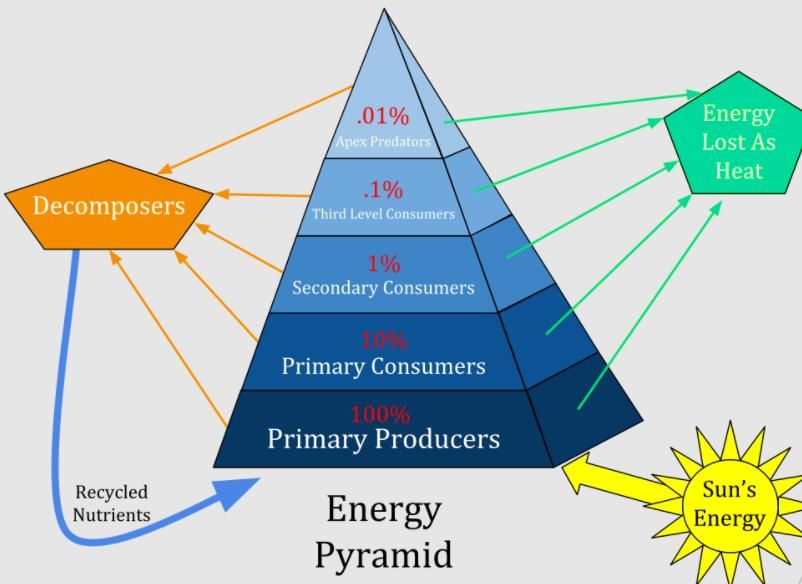Test: Ecosystem - 1 - NEET MCQ
20 Questions MCQ Test - Test: Ecosystem - 1
Which of the following ecological pyramid is always erect and upright?
Amount of biomass produced per unit area by green plants is called?
Functional and dynamic unit of nature where living and non-living components interact with each-other is:
Breakdown of detritus by microbial enzymes into simple forms is called?
Which one of the following is the most important service provided by ecosystems?
Find the odd one out with respect to functional component of ecosystem
Assertion (A): Nutrient cycling includes both gaseous and sedimentary cycles, which play crucial roles in ecosystem health.
Reason (R): The gaseous cycle relies solely on the atmosphere as its reservoir, while the sedimentary cycle depends on the Earth's crust.
What is the primary role of detritivores in the decomposition process?
Assertion (A): Decomposers play a crucial role in nutrient cycling by breaking down dead organic matter.
Reason (R): Decomposers convert complex organic materials into inorganic substances that can be utilized by plants.





















